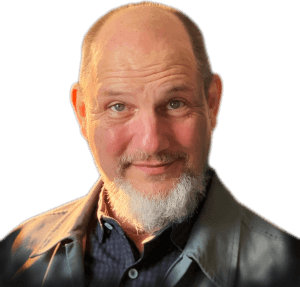Every valley shall be filled, and every mountain and hill shall be brought low; and the crooked shall be made straight, and the rough ways shall be made smooth. Luke 3:5
One might argue the spiritual arch is one of finding the middle. Over the millennia nature has a way of “making rough places smooth.” The mountains are washed away, the jagged edges plain. The Bible tells us to be be healthy humans, we must find the middle way.
And yet, through all this straightening and planing, nothing in nature forms anything like a formal pattern. Luke talks about perfection, suggesting that this is God’s ultimate goal for us.
Maybe, but I can say with some certainty that it makes for some pretty dull painting.
As artists, we must fight the desire to make everything all nice and round and smooth. Breaking up regular patterns, finding groups and masses, this is our job. But we also must look for structure in the flaws, describe shapes in their profound uniqueness, rather than genericising them (making them plain). Dabbing and tapping are activities of the left brain, the part that thinks it’s God, that wants to fix everything, refine everything, moderate everything. That’s the death knoll of art, which is somehow about making things the same but different. It is one of the great enigmas of painting. And yet, if it is true that we are in a way playing God when we paint then we must begin to think God-like thoughts and see as He would see. This is impossible, of course, which is why, no matter how skilled or free, art is always an affectation of truth, never the truth itself. God sees the world and the creatures in it and stills loves unconditionally. This is the grand spiritual enigma.
But just as we follow a spiritual arch of destroying our ego in order to open ourselves to a higher power, so must we destroy the artist in us, the one who thinks it knows, the one who wants to do it the “right” way, the one who has an opinion, the critic. God is completely ego-less, which is why we can never truly know His will. Our Right brain, where our ego resides, is subjective. So we must fight to stay in the left brain, where we can pretend to be an ego-less God.
We must be selective in choosing our God-like qualities. Some are better for painting than others. We learn to see the large picture, the connections between things. We see how things are related to one another. At the same time we must see how forms are completely unique. Artists must be specific. Nothing is smooth, or the same as something else. No two forms are alike. The crooked is crooked in a specific way, the rough is not smooth but rough in it’s own special way. Art is an enigma wrapped in a conundrum. That’s what makes it interesting.
The qualities of moderation in our spiritual life are wonderful. In our artistic life, they can be deadly. Perfectionism is boring.
If you like/don’t like or want to add your thoughts to the conversation, I encourage you to comment. Also, you may want to get a copy of Point of Art – Second Edition, or download it today. I offer career coaching for those serious about a career in art. Don’t forget to check out The Portrait – a painting video and The Power of Positive Painting, the original portrait painting video.


 Would you like 20% Off any product or service on ManiscalcoGallery.com?
Would you like 20% Off any product or service on ManiscalcoGallery.com?